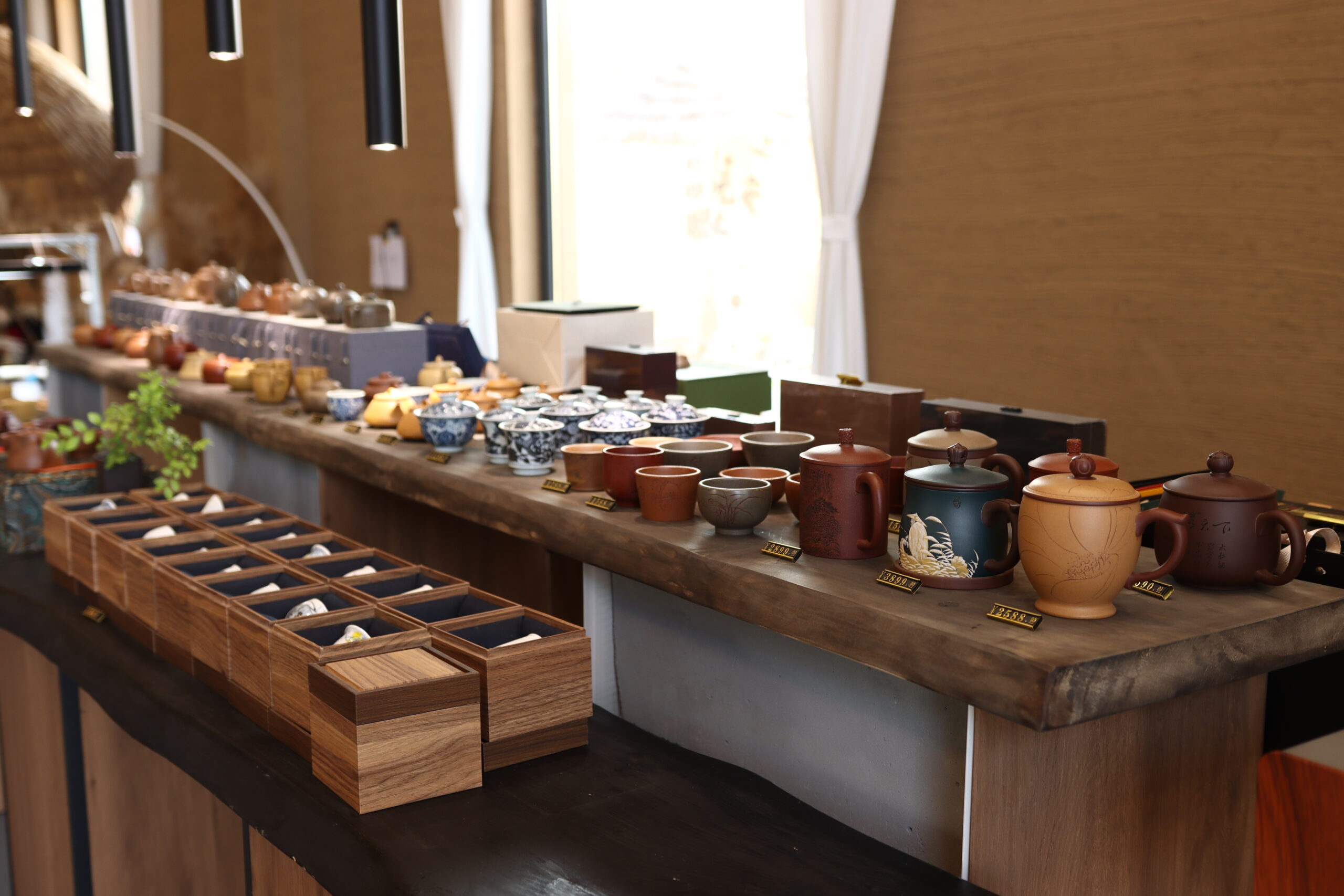Beautiful Plants For Your Interior


The story of Zisha teapot begins at Huanglong Mountain in Yixing, Jiangsu Province. The purple clay buried beneath this land is a treasure bestowed by nature upon humanity — it has a high iron content, a fine texture yet excellent breathability. When used to brew tea, it can retain the tea’s aroma to the greatest extent. Over time, it even develops a warm and smooth patina. This is why Zisha teapot was first favored by craftsmen.
Tracing back through history, the embryonic form of Zisha teapot can be traced to the Northern Song Dynasty, but it was not until the Ming Dynasty that a unique craftsmanship system truly took shape. During the Zhengde period, the monk Gongchun imitated the teapot – making techniques of monks from Jinsha Temple using purple clay and created the “Gongchun Pot” for the first time, marking the transformation of Zisha teapot from a practical utensil to a work of art. In the Wanli period, craftsmen such as Shi Dabin further innovated their techniques, changing the shape of the pots from large to delicate, and paying more attention to the harmony of lines and proportions, making Zisha teapot an elegant item on the desks of literati. The Qing Dynasty was the heyday of Zisha teapot. Chen Mingyuan’s bionic pots and Chen Mansheng’s “Eighteen Styles of Mansheng” perfectly integrated poetry, calligraphy, painting, and seal – carving with teapot craftsmanship. Since then, the tradition that “a pot gains value with inscriptions, and inscriptions are passed down through the pot” has become a cultural heritage.
Over the long years, Zisha teapot has long transcended the category of tea utensils. It carries the Chinese philosophy of “the unity of man and nature” — purple clay is taken from nature, shaped by the hands of craftsmen, and then connected with tea and people, just like the ancient pursuit of “the integration of object and self”. Literati and scholars love it not only because it can preserve the taste of tea, but more because it can hold emotions: on a pot, there may be an inscribed poem like “A cup of spring dew temporarily retains the guest”, or a painted artistic conception of distant mountains and a lone sail. When you hold up the tea, what you taste is the aftertaste of a thousand years of culture.
